
ENVIRONMENT
05-04-2021 by Freddie del Curatolo
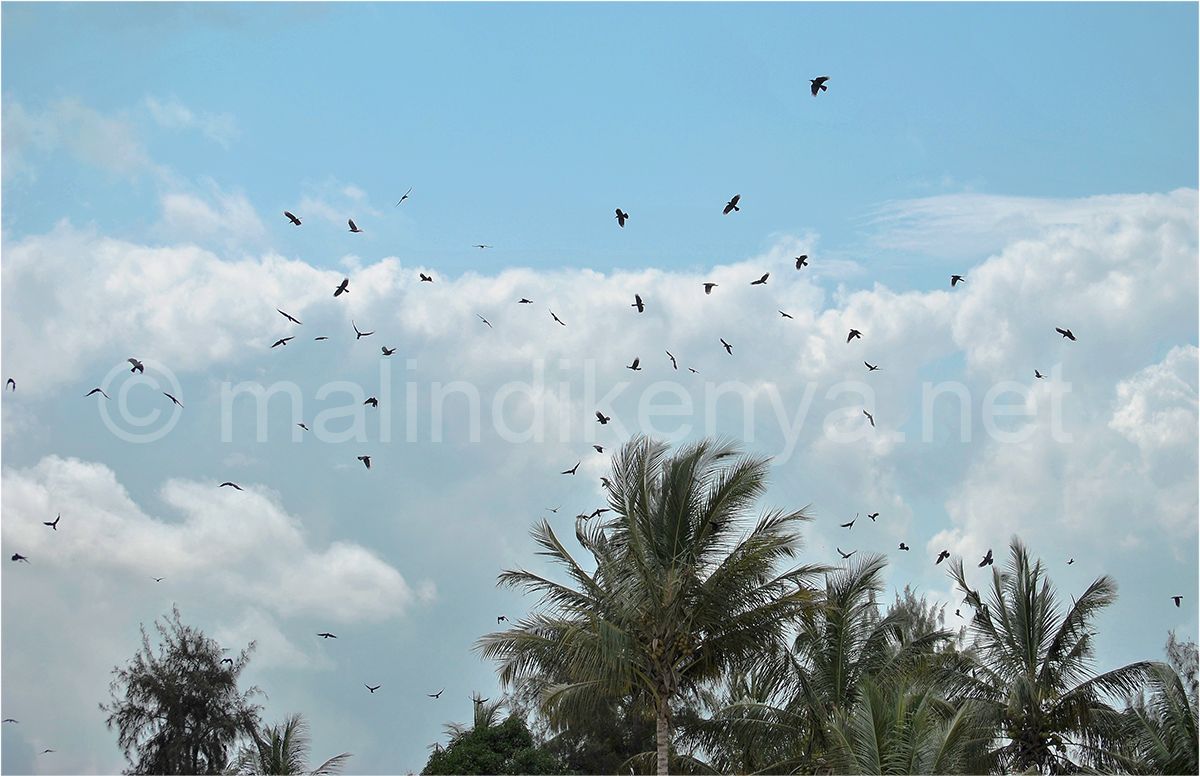
Crows are increasing dramatically on the coast and residents are again organising themselves, as they did some 20 years ago, to restore the right biological balance by controlling their reproduction.
The Indian House Crow, known as the Indian House Crow, likes to live where man produces waste and does not dispose of it. For this reason, the unsustainable development of Mombasa first, and then Malindi, Watamu and Kilifi lately, have provided the ideal environment for these birds, which are dangerous for transmitting diseases, hunting other more pleasant native birds, feeding on their eggs on plants, as well as being a nuisance, especially in the early hours of the morning with their cawing.
Not to mention the threat to tourism, as they are often present in hotels and restaurants where there is food on tables and around. Their increasing presence is hardly a pretty picture of the Kenyan coast.
Although they are not indigenous to East Africa (they arrived in Mombasa from ships landing from Asia in the 1940s) they have now found the Swahili coastline as an ideal environment to breed and feed.
They are true invasive pests that feed mainly on rubbish, but also on other dead animals or carcasses and fish remains on the beaches, being practically omnivorous.
So now, in order to tackle the exponential increase in crows, a national plan has been created to eradicate them from Kenya, including the reintroduction of a product, Starlicide, which limits their births by killing their eggs.
Between 1999 and 2005, A Rocha Kenya, a conservation organisation, experimented with the use of this special poison designed to kill avian pests.
According to the organisation's director, Starlicide worked well to control the bird population during that period. The government, however, banned the poison in 2005, a move that has since seen an increase in the population and spread of the birds.
"Starlicide has worked well in other countries in eradicating invasive birds," explains Jackson. "The poison is designed only to eradicate invasive birds and there are no secondary deaths afterwards. The poison is expensive and we have since made a funding proposal to eradicate the birds," he said.
The reintroduction of Starlicide is an ongoing process, also involving government agencies that have in times past taken a stand against the propagation of Indian crows, which are now targeting the hinterland, taking advantage of the population along the Mombasa-Malindi highway, after the Tsavo National Park acted as a filter for so many years, being sparsely populated and ecologically intact.
"We are now in the final process of importing and testing Starlicide avicide so that it can be formally approved as a method of controlling crows in Kenya," explains the project's national coordinator Nick Trent. "We are working to raise as much money as possible for a five-year eradication programme, which we hope will become a reality in the near future once we have overcome the uncertainty that Covid 19 has cast over the international donor world.
In the meantime, with the interest and encouragement of coastal residents, we are now particularly appealing to them to join us in collectively raising the necessary funds for the next phase of the eradication programme, which is to import, test and obtain official approval for Starlicide to be used in Kenya to eradicate and control House Crows. Our goal is that with everyone's help we can complete the approval process for Stalicide while we continue to seek funding for the five-year eradication programme. When the five-year funding arrives, we will be one step ahead and ready to move directly into the main programme."
To help the National House Crow Eradication Project, please click on the link below which will take you to the 'Crows No More' website, where, through the M-Changa donation platform, also linked with the M-Pesa service, you can donate directly and share the project with your contacts. Link to donate to M-Changa: https://secure.changa.co.ke/myweb/share/41236
EDITORIAL
by Freddie del Curatolo
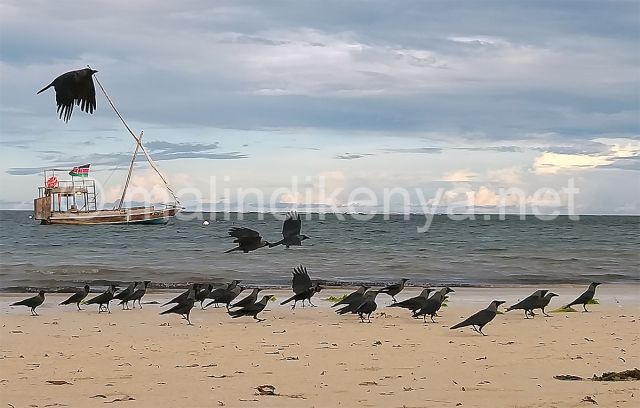
In Kenya's coastal tourism sector, it is well known that "unity is strength" is a proverb that has never...
BOOKS
by Leni Frau
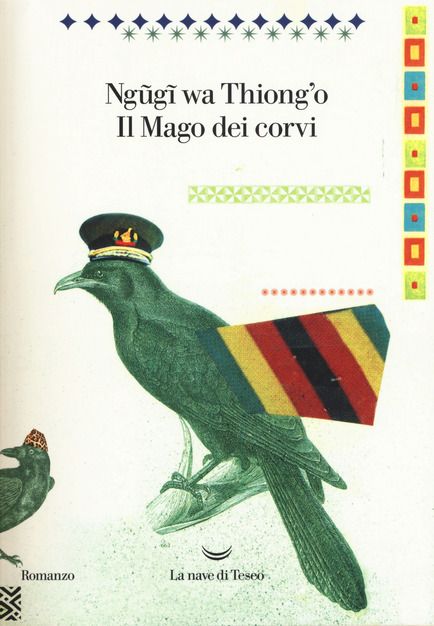
At a time when for many people Africa is far away and reading should be a fundamental company...
NEWS
by redazione

The executive body of Kenya's Ministry of Environment, NEMA, has refused to approve the 61-storey
EVENTS
by redazione

On Thursday 21 March at 10 am, at the National Museum in Malindi, the Italian Cultural...
ENVIRONMENT
by Leni Frau
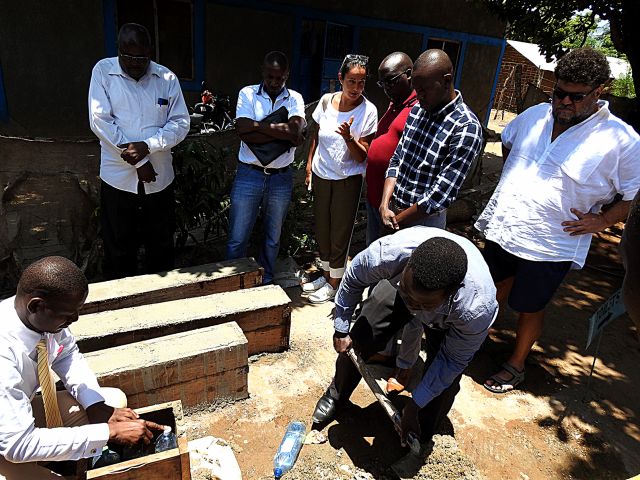
A "Recycle Education Centre" in one of the most deprived areas of Malindi, Soweto di Muyeye.
This is...
SOLIDARITY
by redazione

A project that combines women's support with the protection of the environment in the inland of Kilifi and Malindi.
The Italian association Africa Milele, which can count on a growing number of volunteer enthusiasts and is mainly active in Chakama,...
NEWS
by Freddie del Curatolo

Yay, even in Kenya economic interests do not always prevail over common sense and the protection of the planet and its inhabitants, the ecosystem and future generations.
The ...
COOPERATION
by Freddie del Curatolo
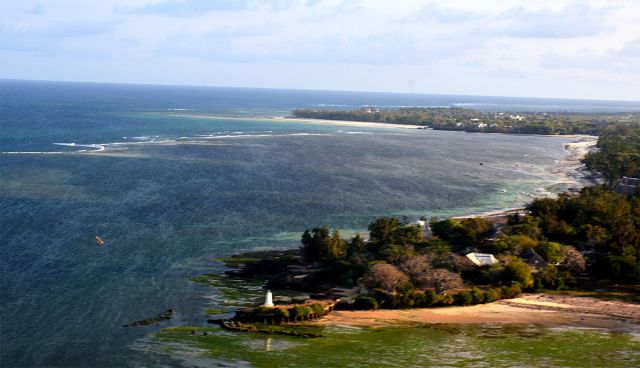
The Italian Agency for Development Cooperation (AICS) is one of those that will coordinate a ...
NEWS
by Freddie del Curatolo
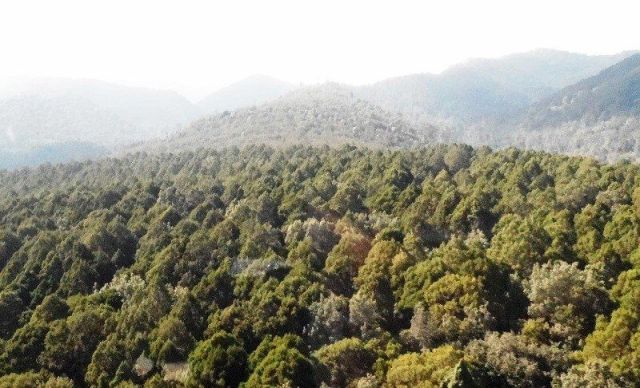
For once, Nature wins over infrastructure.
The three...
ENVIRONMENT
by Leni Frau

By the end of March, replant the trees uprooted to build the Nairobi elevated expressway. This is the diktat...
NEWS
by redazione

Another step forward for Kenya in protecting the environment and against pollution: Daniel Arap Moi Airport in Mombasa is the first on the African continent...
NEWS
by redazione

Kenya is preparing to launch its first operational earth observation satellite into space. The advances in...

A year and a half after the presentation of the project in April 2018, the time has come for the...